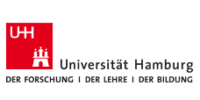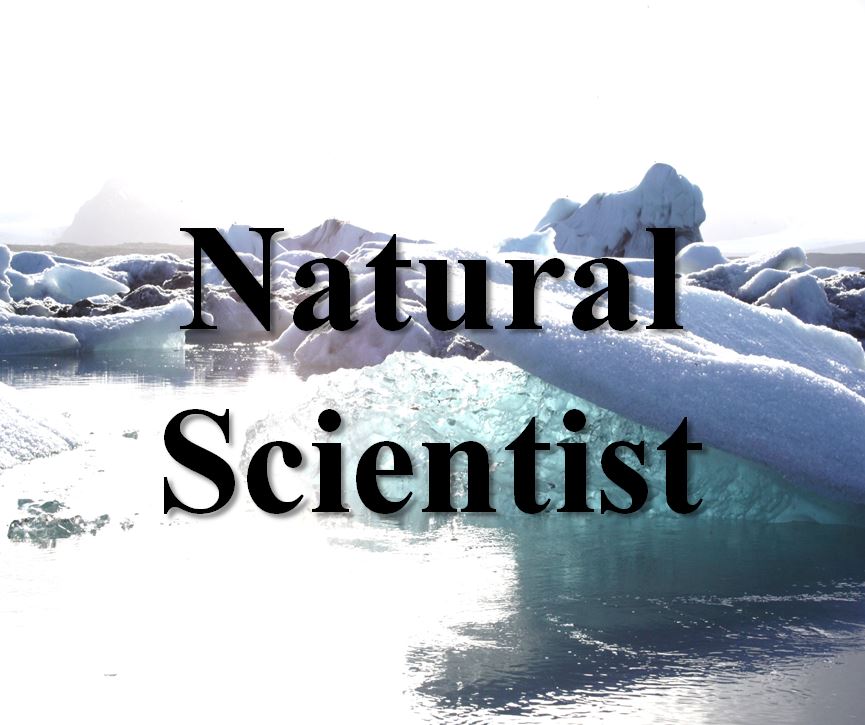Uncertainty and risk seemed to have been clearly defined and separated. While uncertainty refers to the state of incomplete knowledge, e.g. resulting from the lack of information and can be expressed quantitatively via a probability density function, risk is generally defined as the product of the probability of the damage to occur and its expected loss.
However, as the discussion gathered pace, revolving around questions of appropriate communication tactics, fruitful and risk-free investment strategies and steering policies that simultaneously avoid potential risks in the future and improve people’s livelihood today, these two terms – risk and uncertainty – remained closely entangled.
While the social scientists claimed that in the public, there was a general lack of understanding concerning these two terms, that they were often perceived as a continuum, not as two distinguished categories, the attentive observer had to admit that this statement was also true for the panellists.
Already in the opening statement, the natural scientist declared that greater uncertainty generally leads to greater risk. This equation, increasing uncertainty equals increasing risk, was not contested until the end of the discussion, when the moderator finally allowed himself to cast off his role and engage in the debate trying to resolve this serious misunderstanding.
As risk is defined as the product of the probability of the damage to occur times its expected loss, one might intuitively think that greater uncertainty broadens the probability distribution and thus leads to greater risk. But increasing uncertainty does not necessarily widen the distribution, instead – or additionally – it could shift the mean or change the symmetry, for example towards more extremes in cold weather. Multiplied by the expected amount of damage, the risk might then even decrease if the expected economic loss for extreme cold events is lower than for extreme warm events.
The initial misconception of the relationship between uncertainty and risk unfortunately concealed a truly important argument brought up by the natural scientist: from a rational point of view, increasing uncertainty does not make it easier for people to ignore the risk. As the uncertainty increases, so do the error bars related to the risk assessment. If we then consider the upper bound of the error bar, which we should if we seriously want to avoid potential negative consequences in the future, we have to take even more resolute measures. Increasing uncertainty is not an excuse for increasing ignorance of the associated risks, instead increasing uncertainty equals increasing action. This is the equation we should all agree on.

